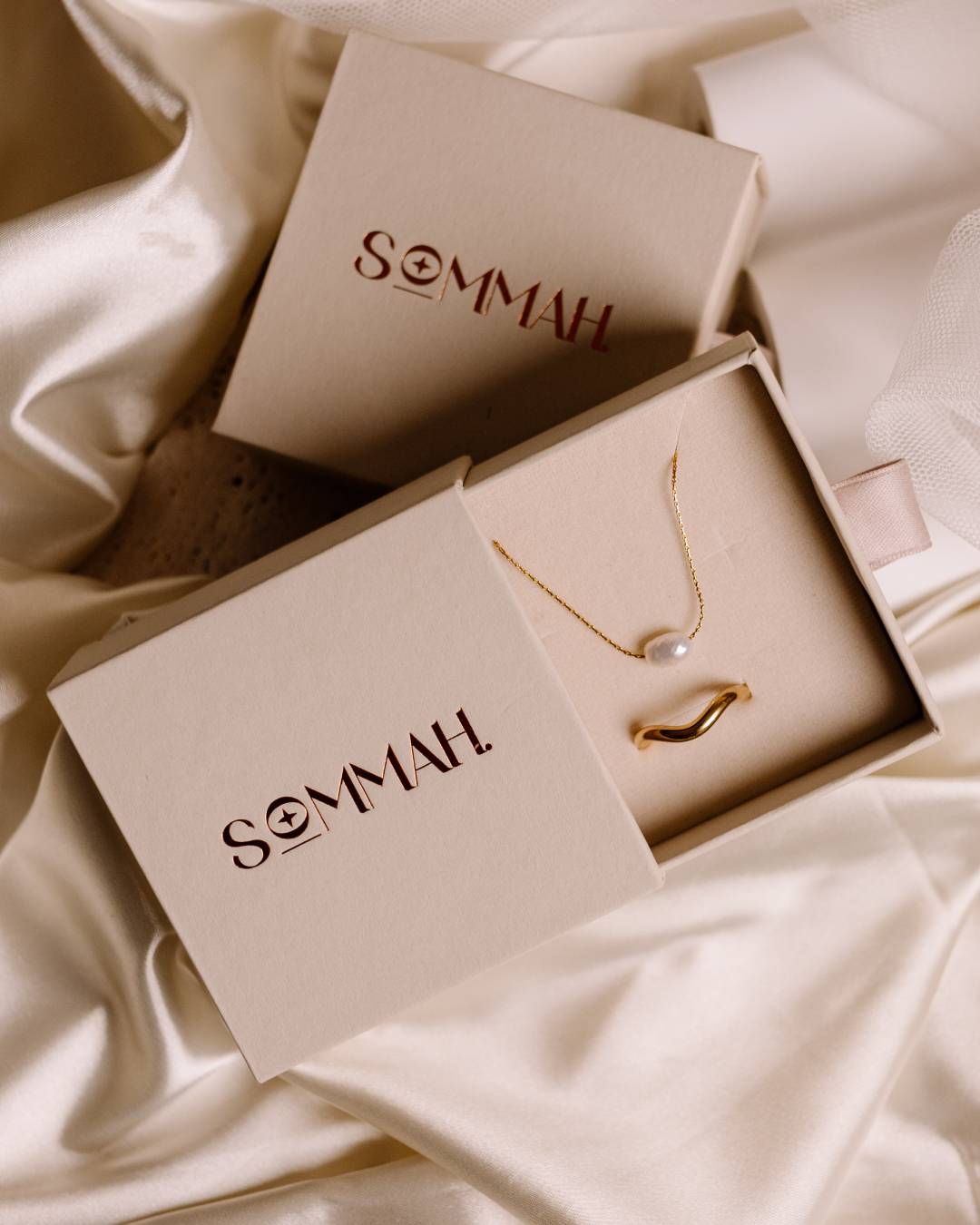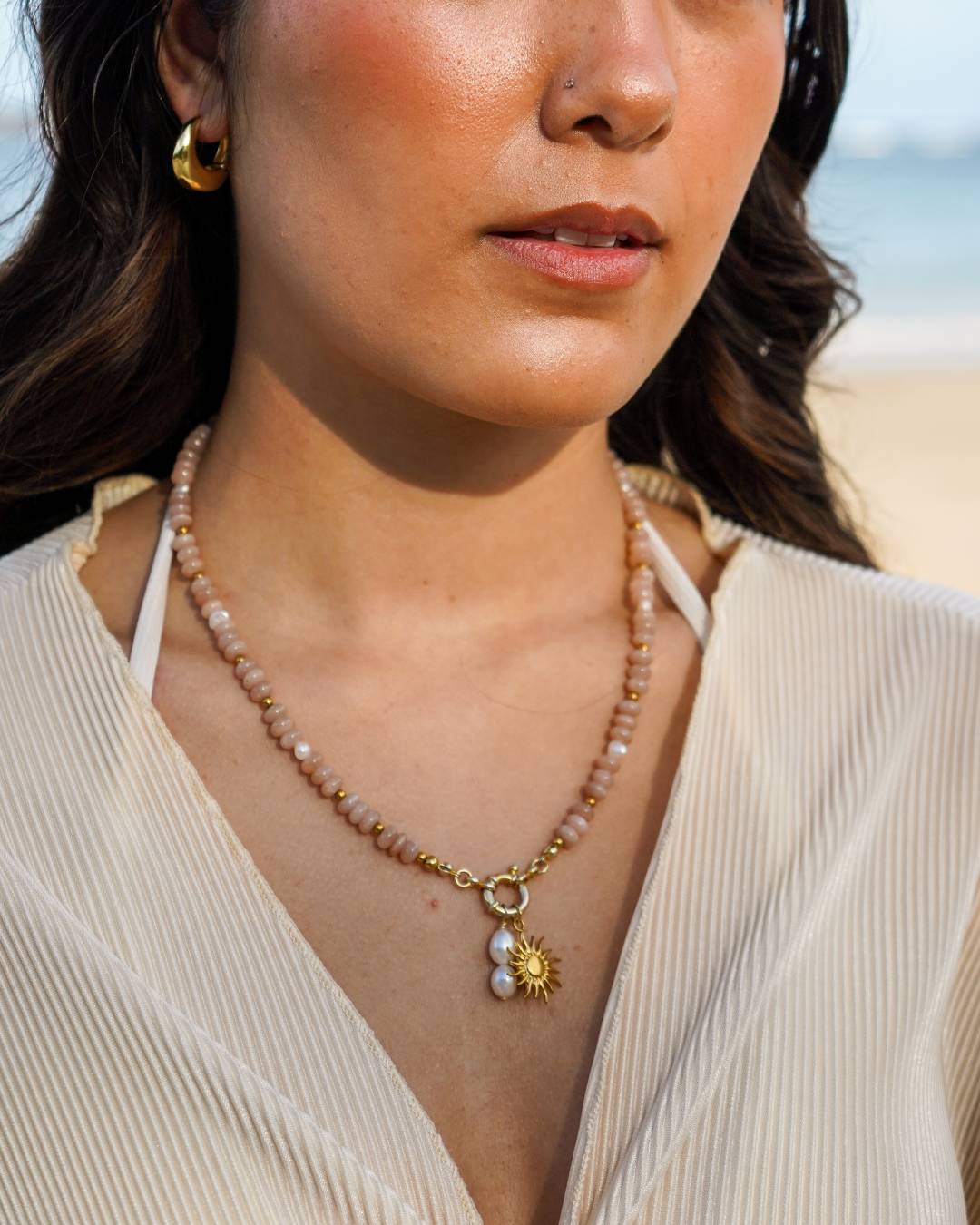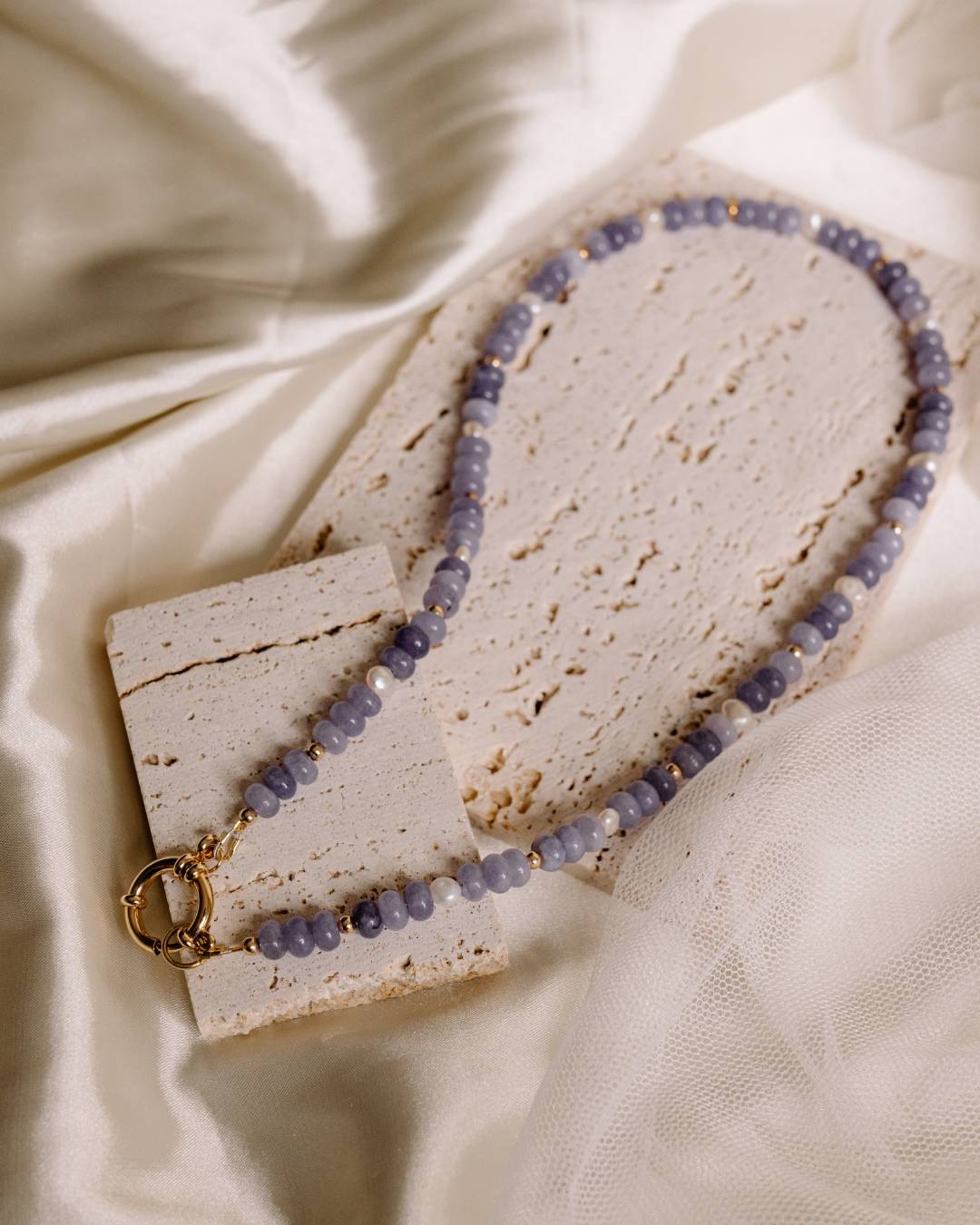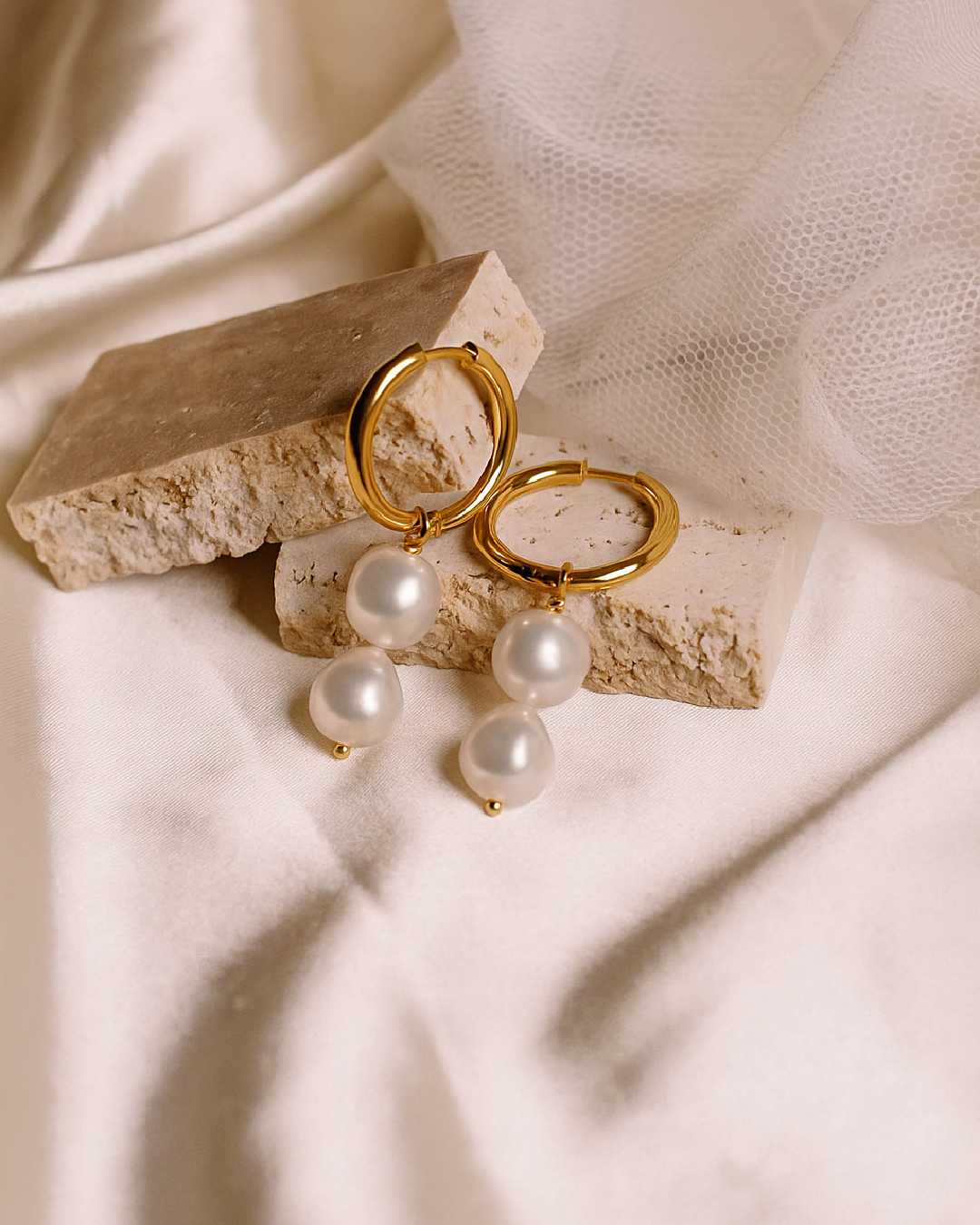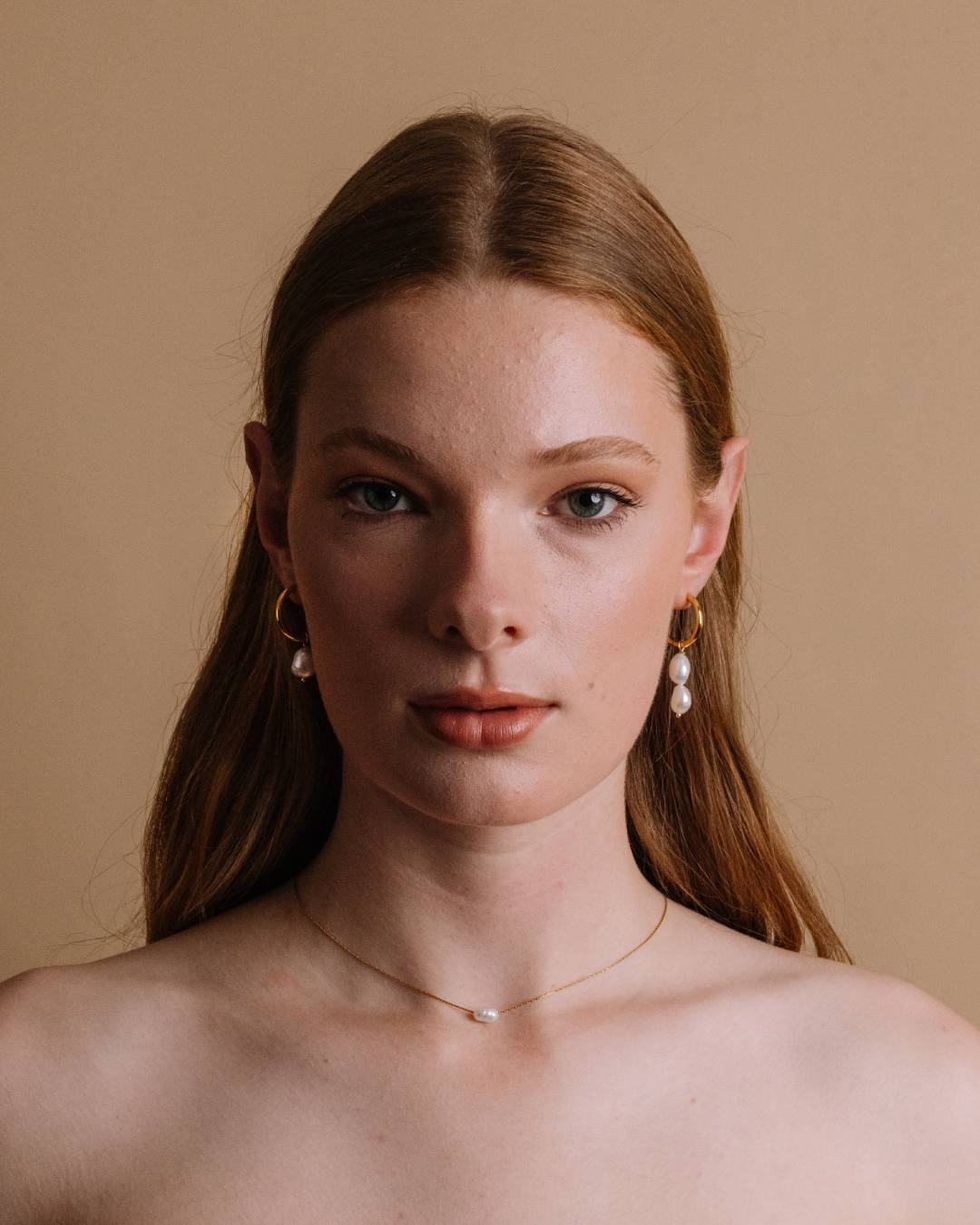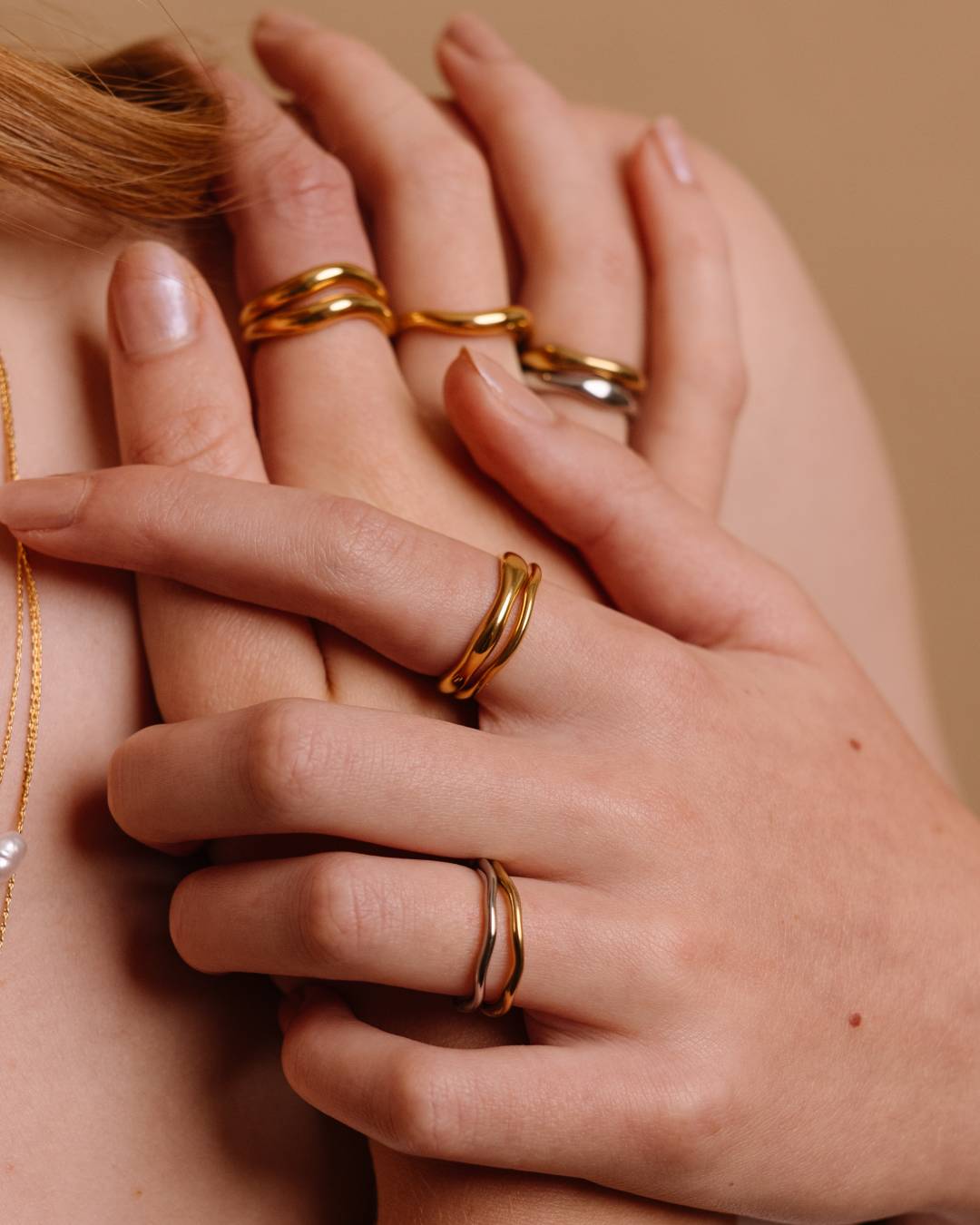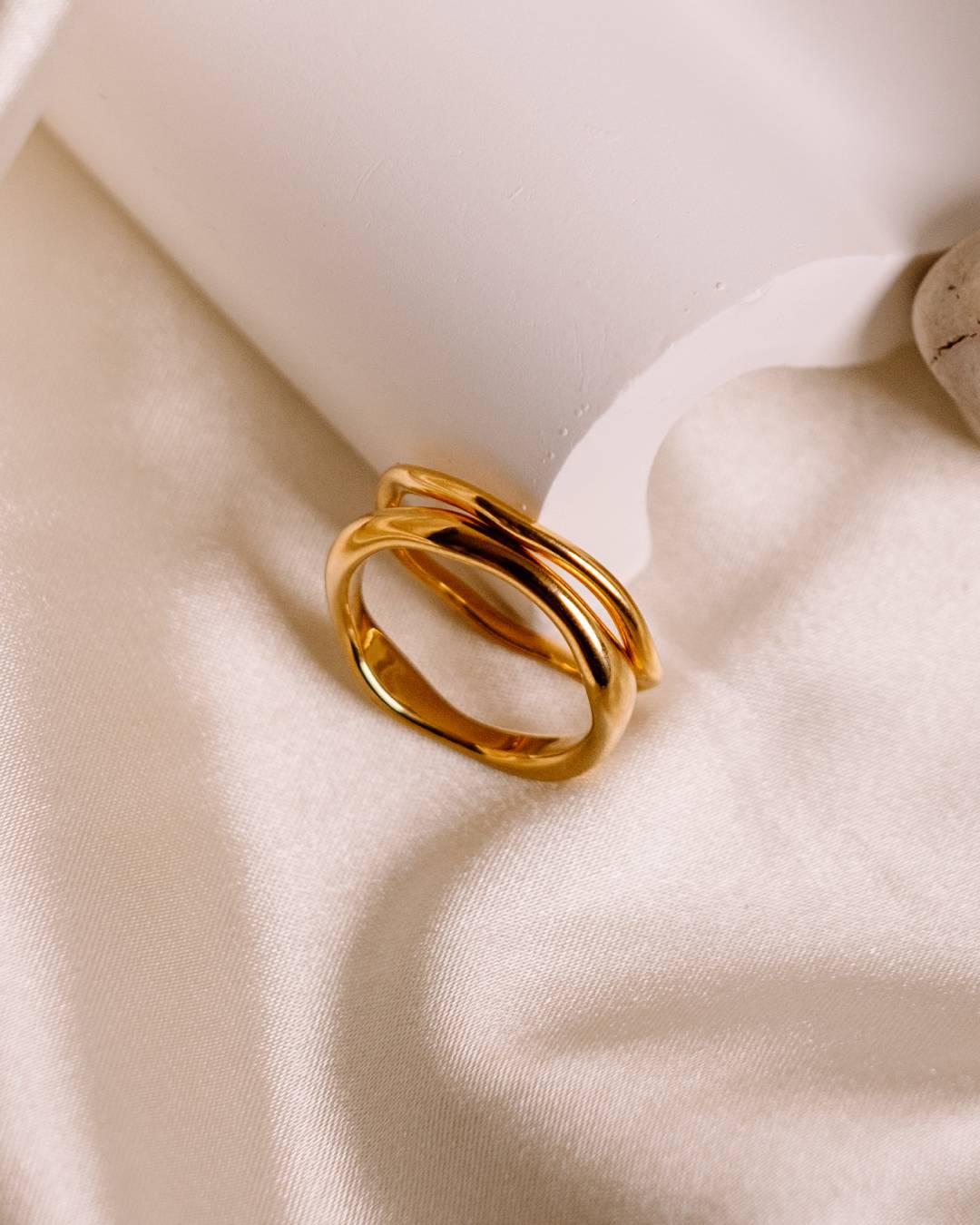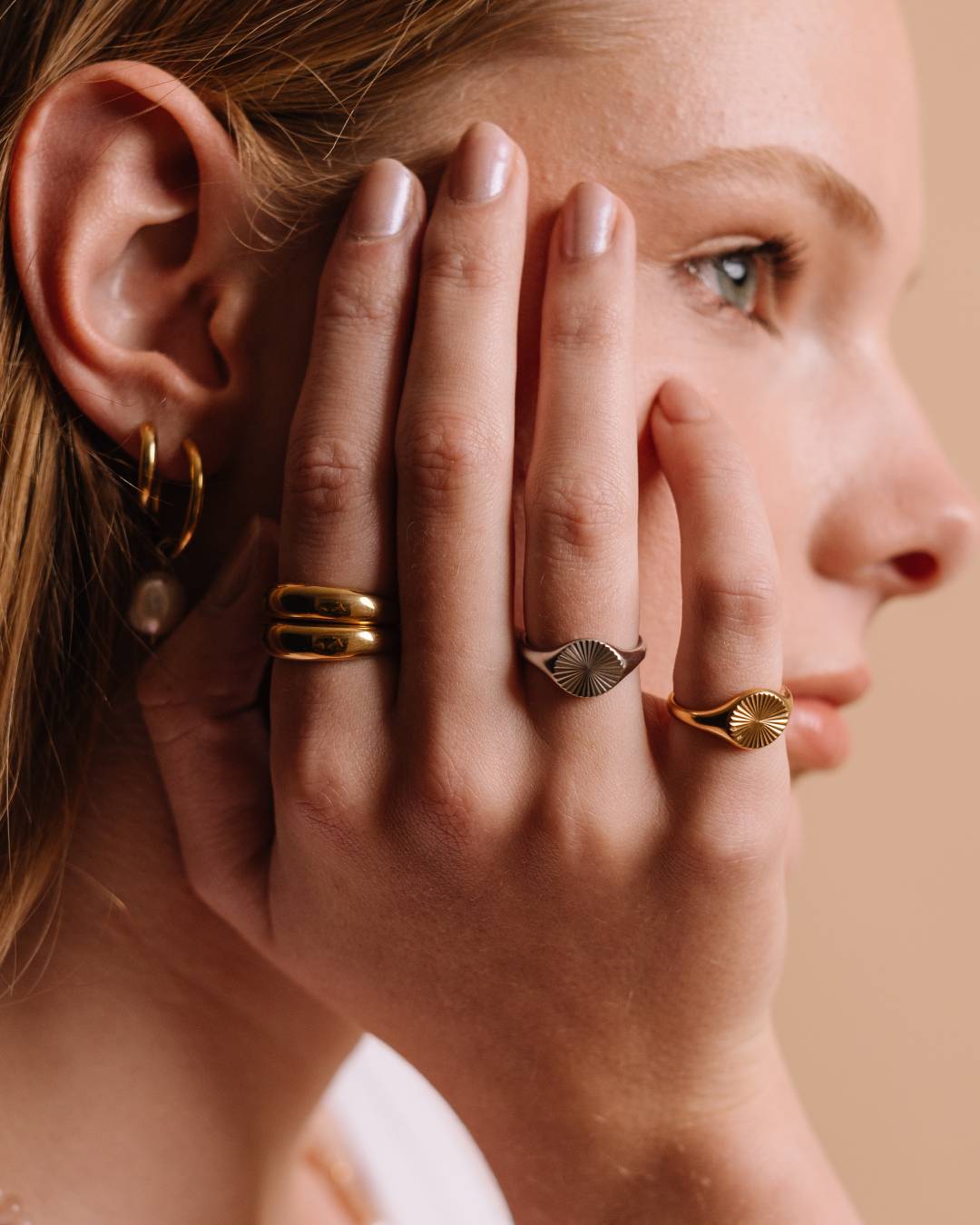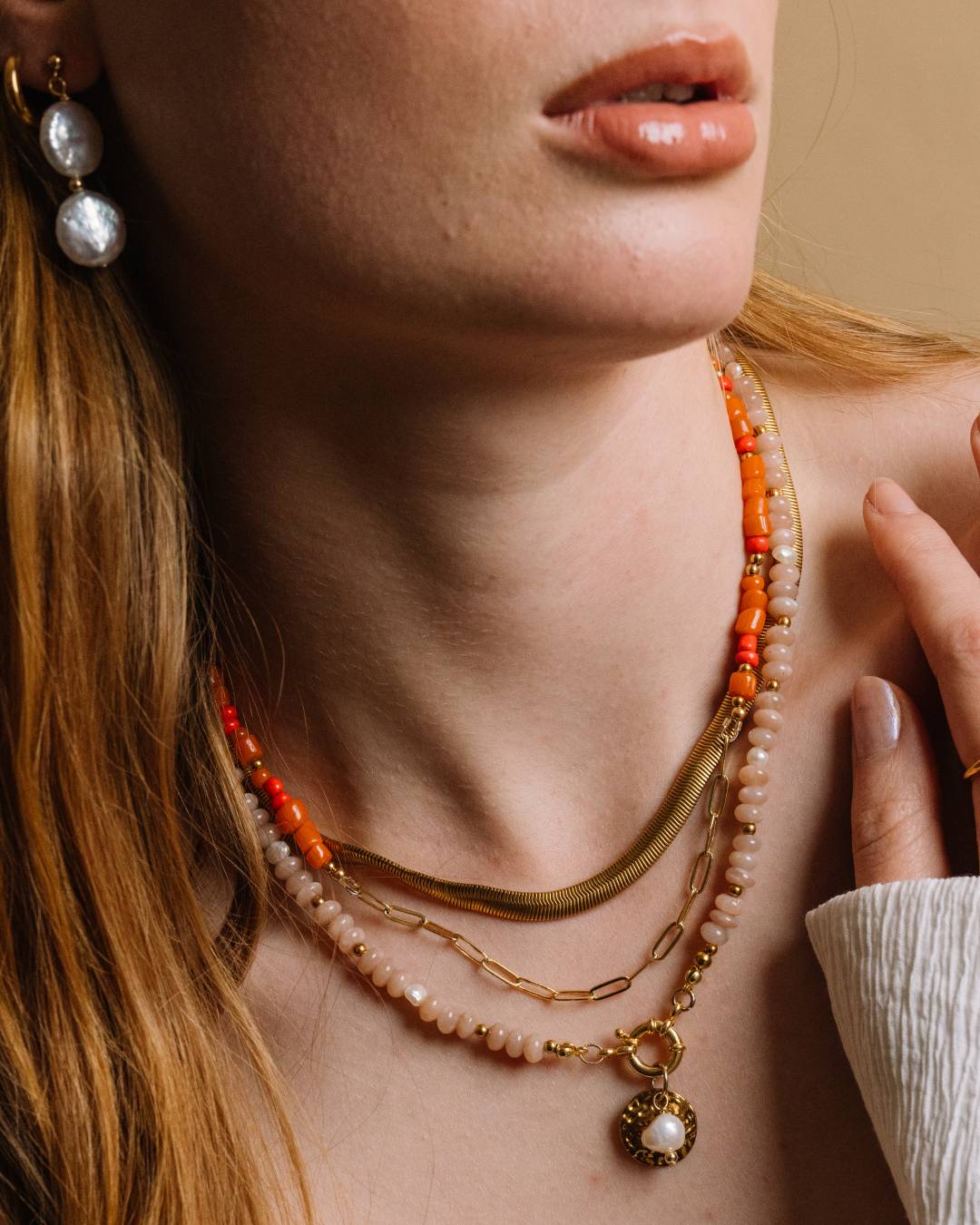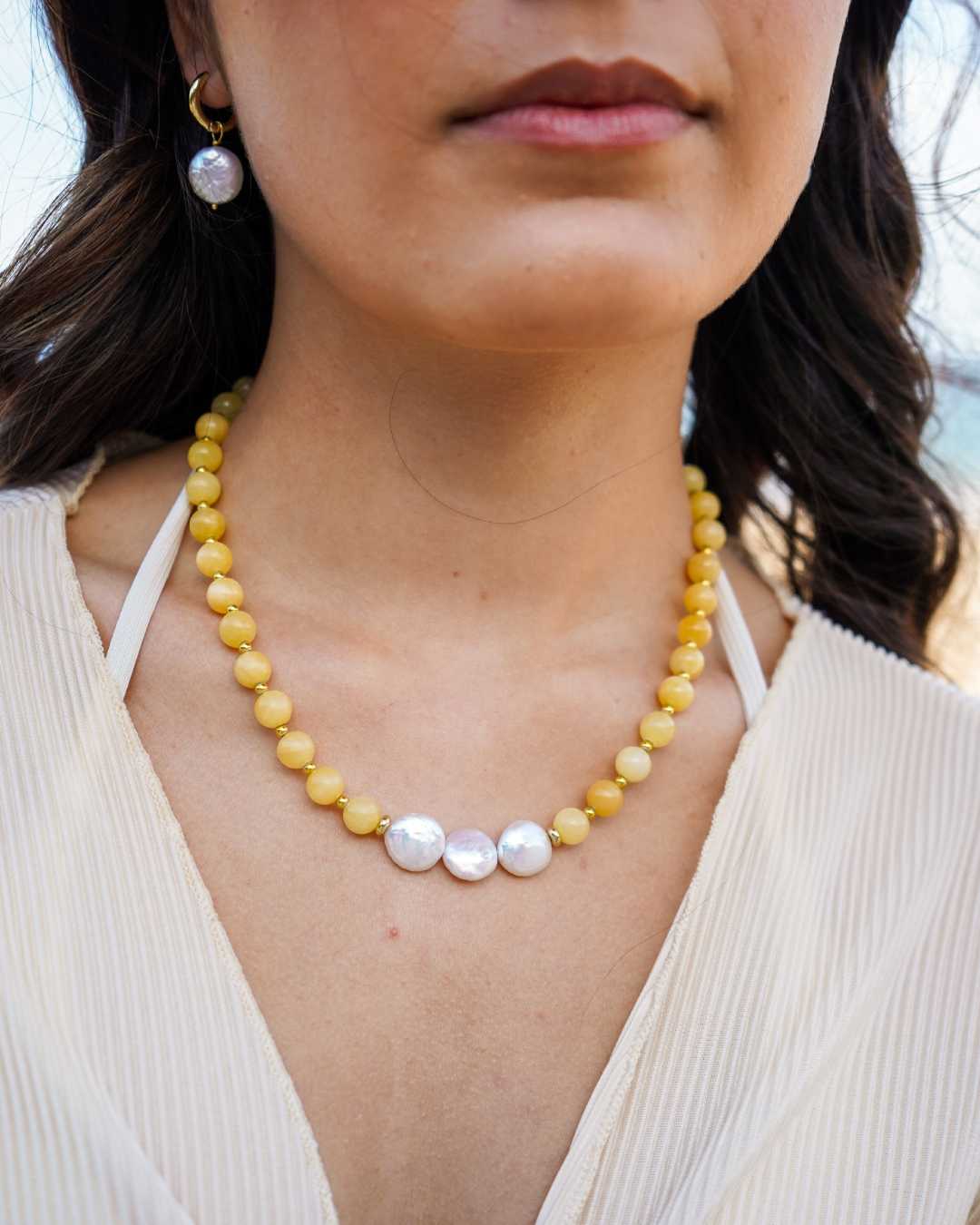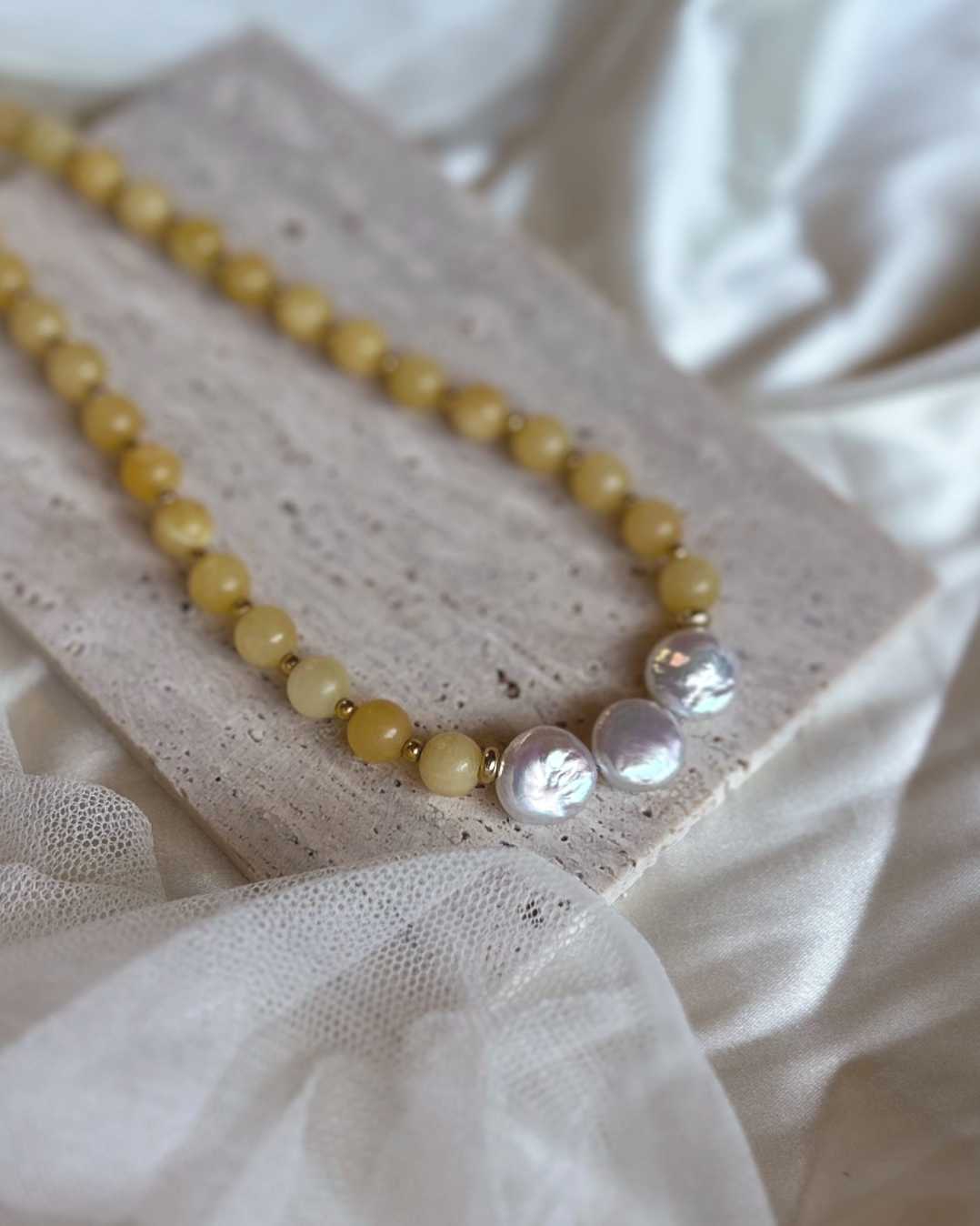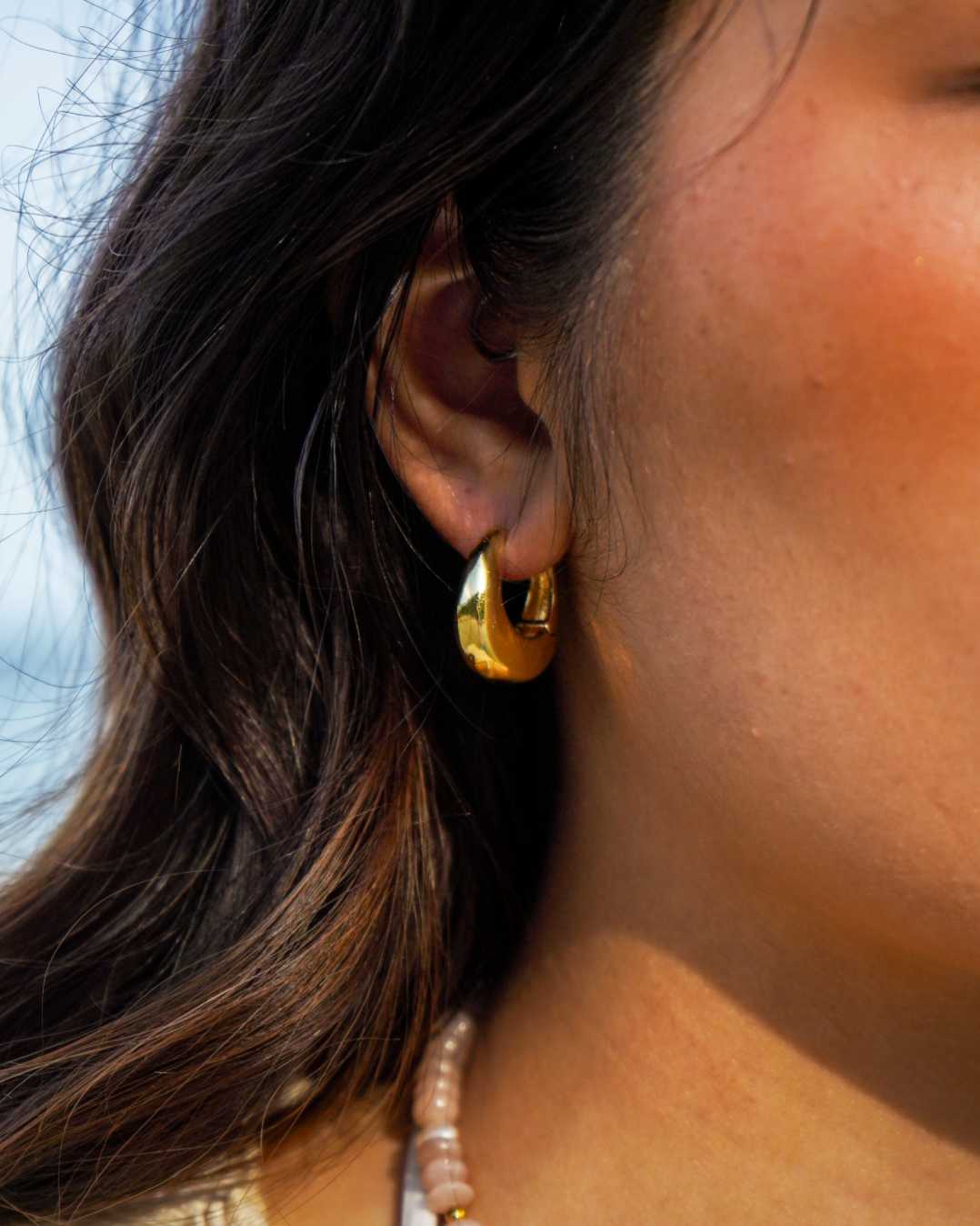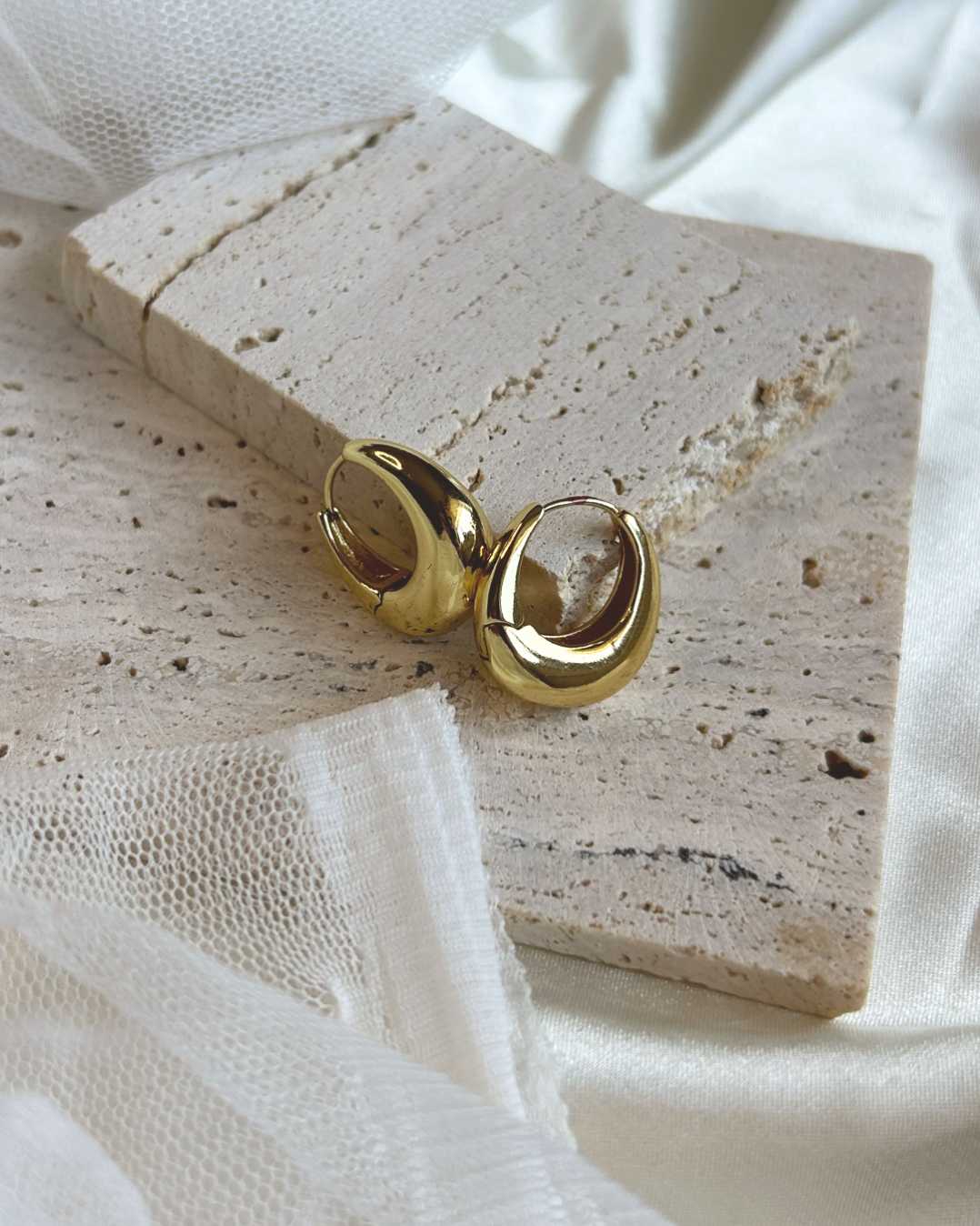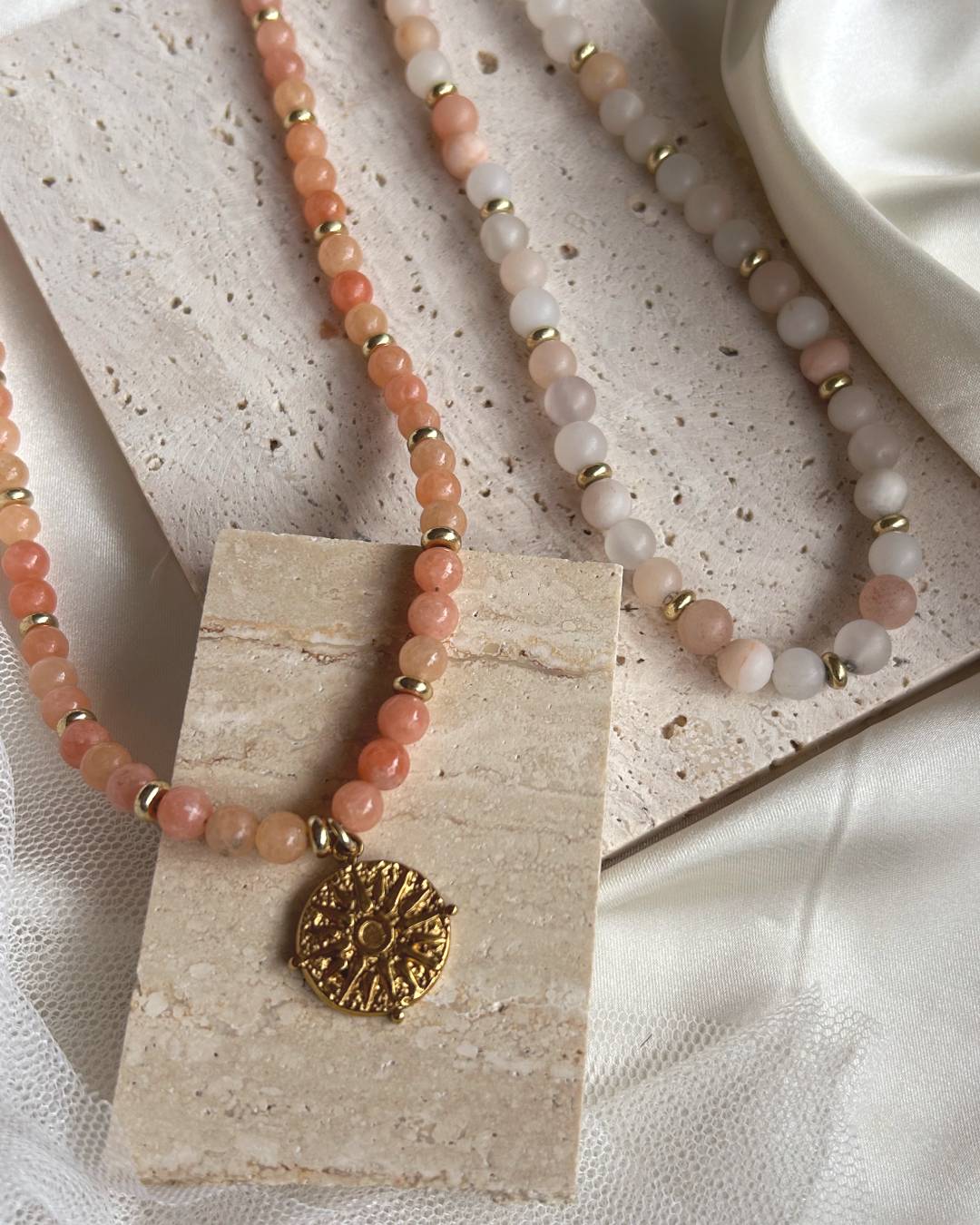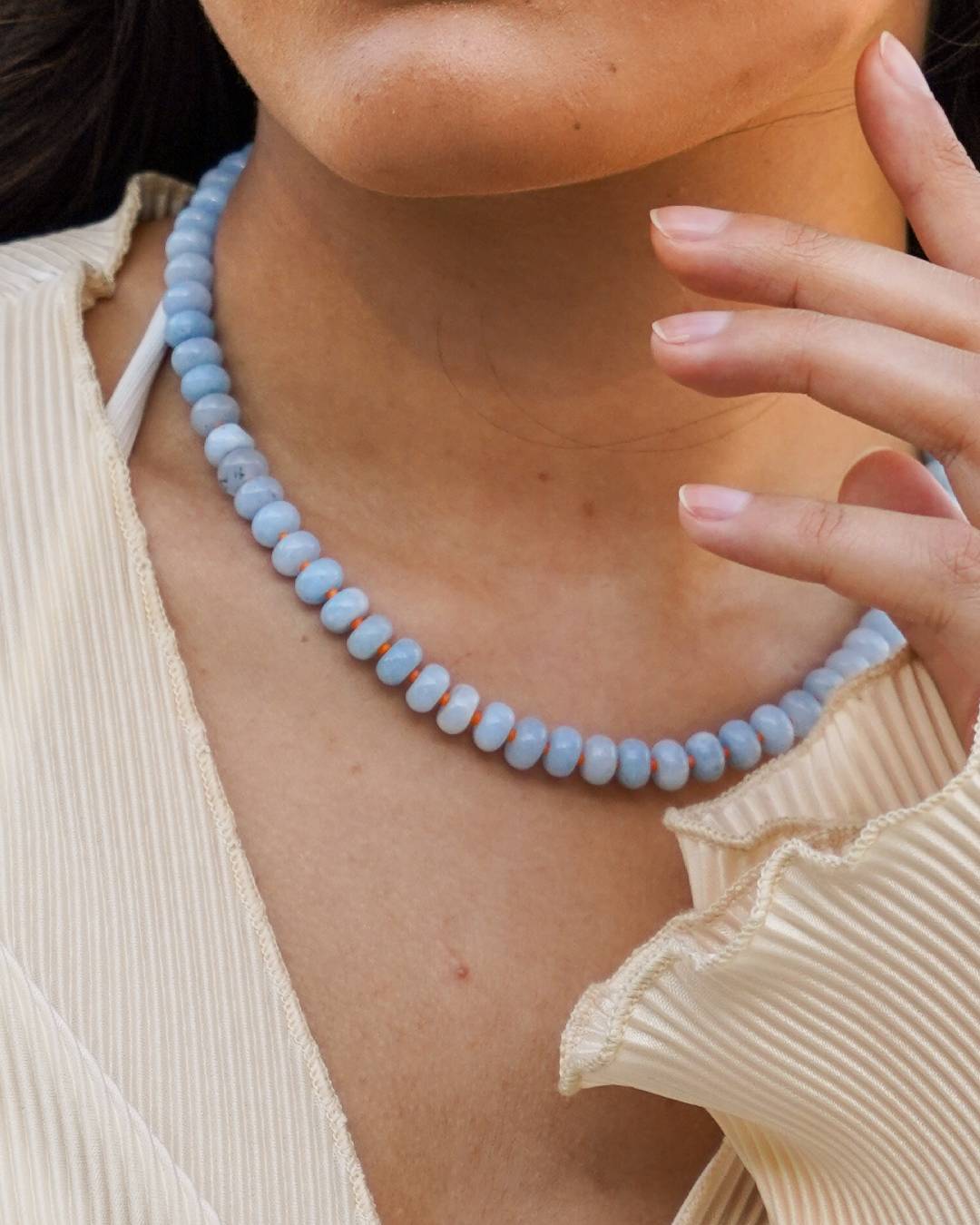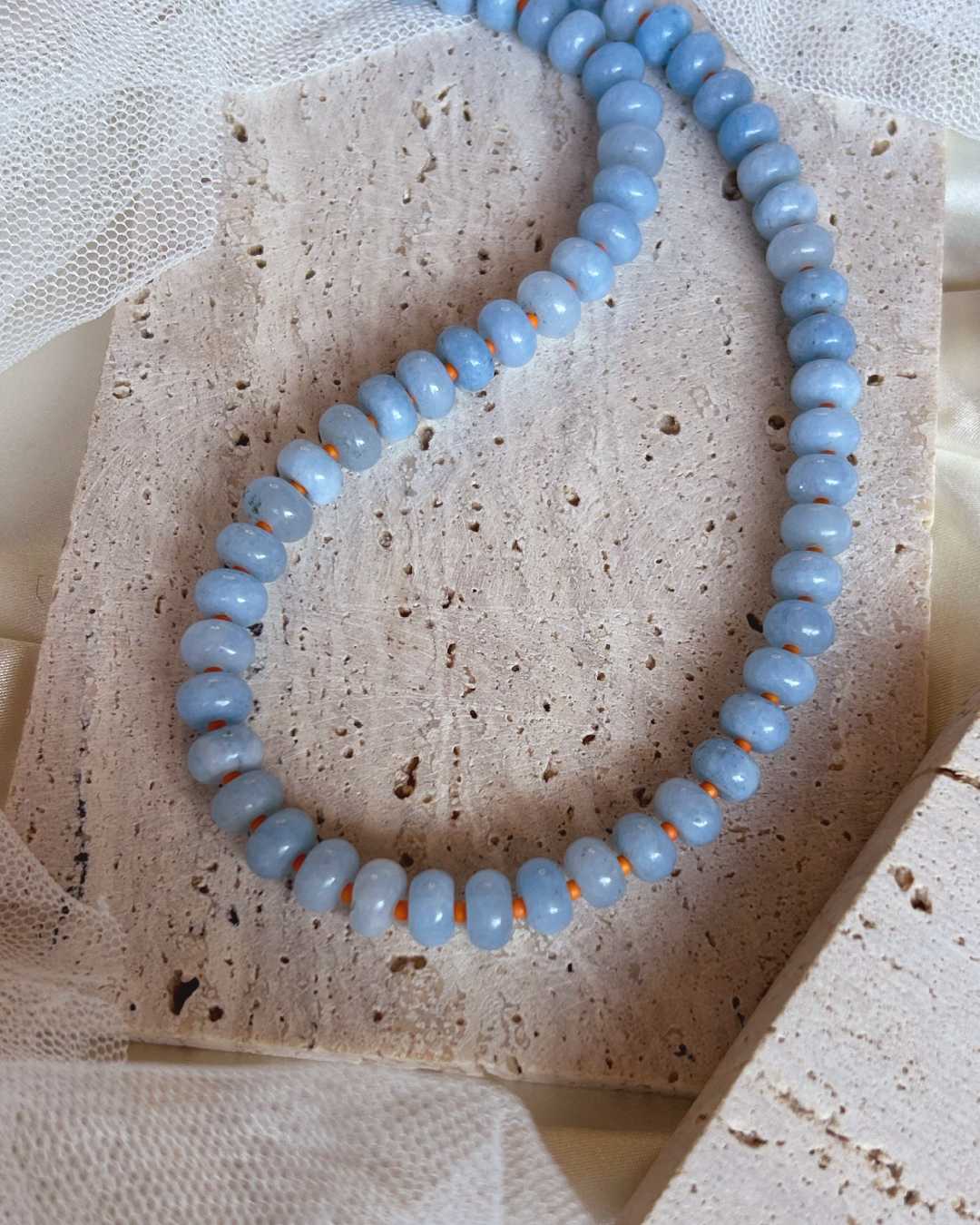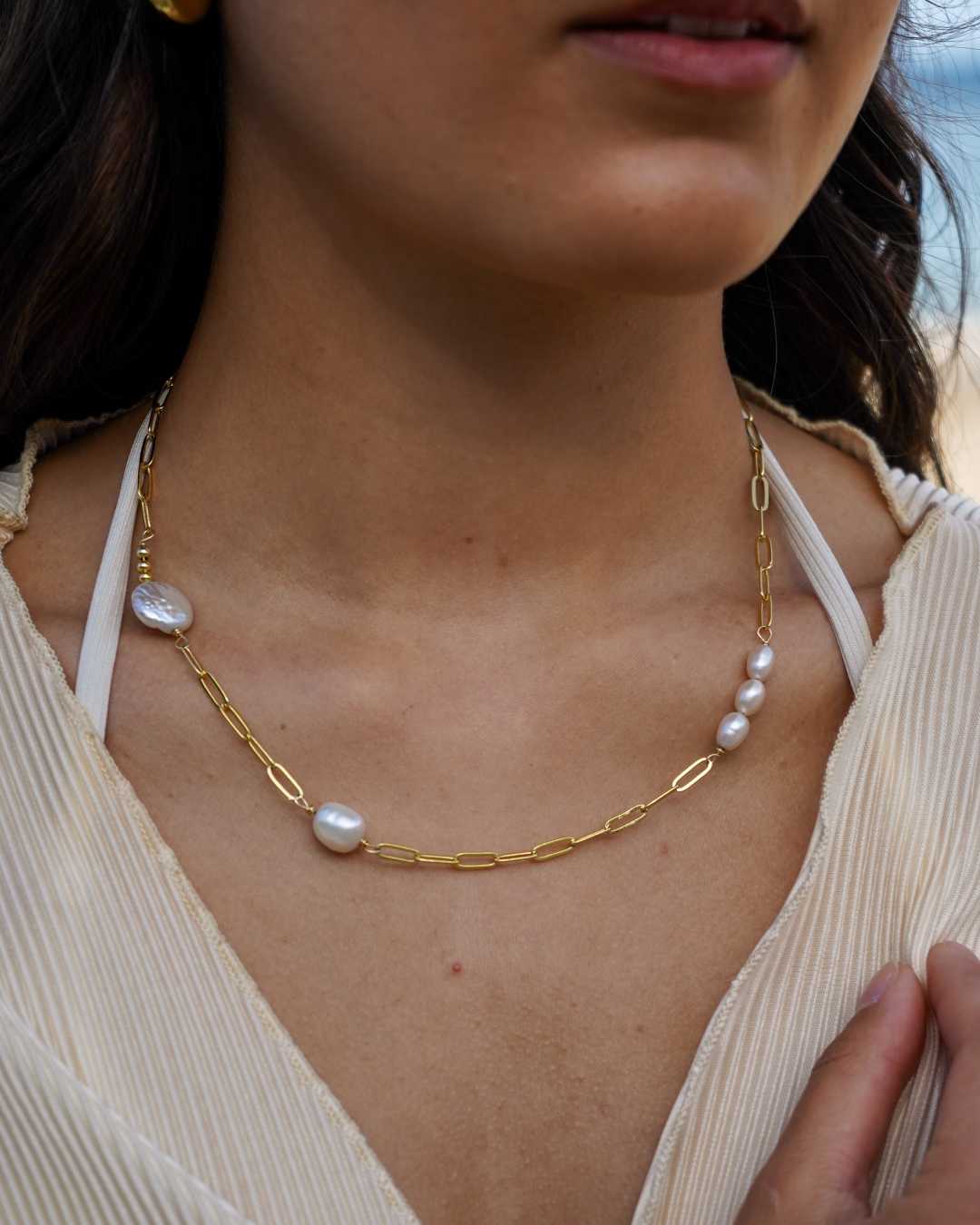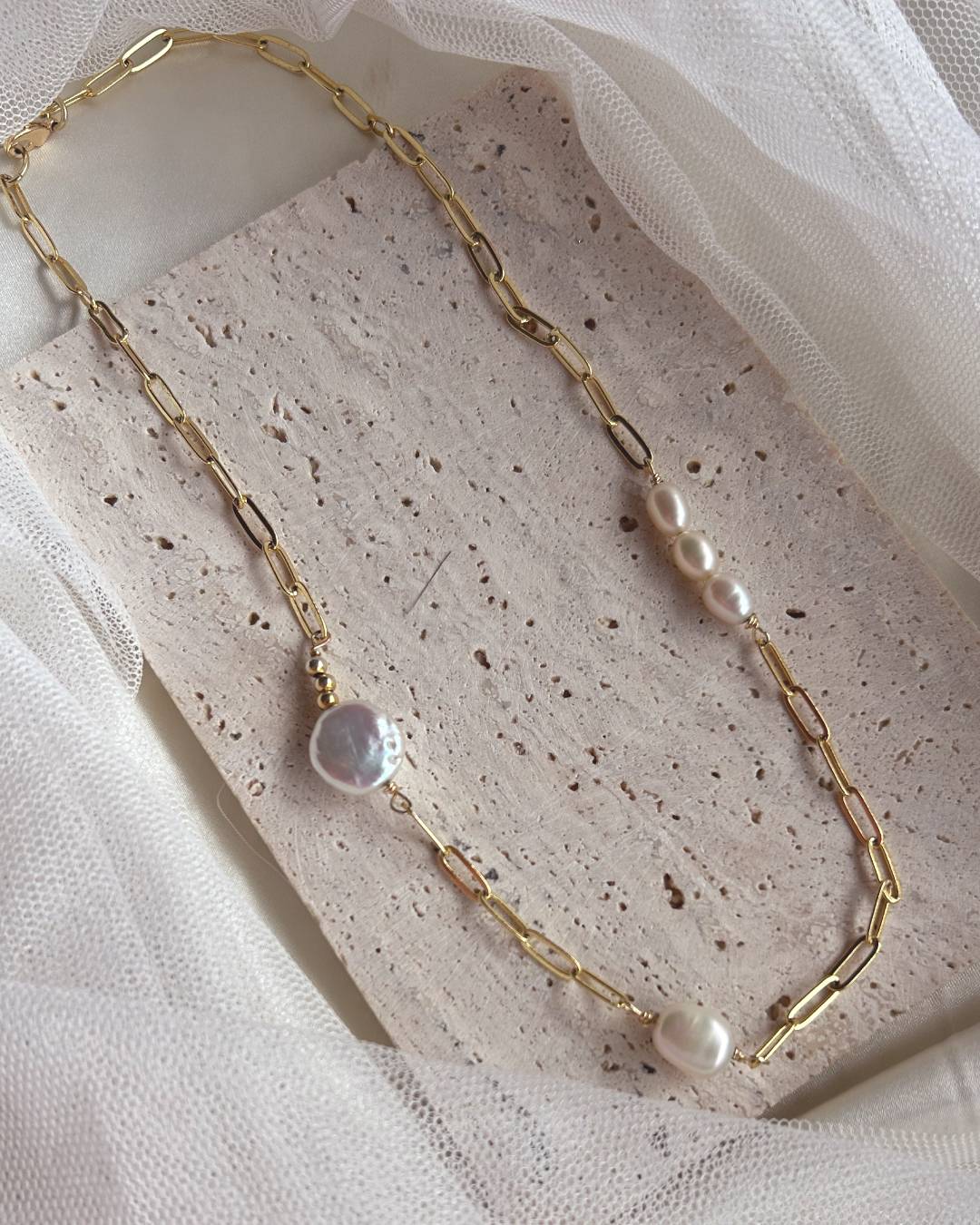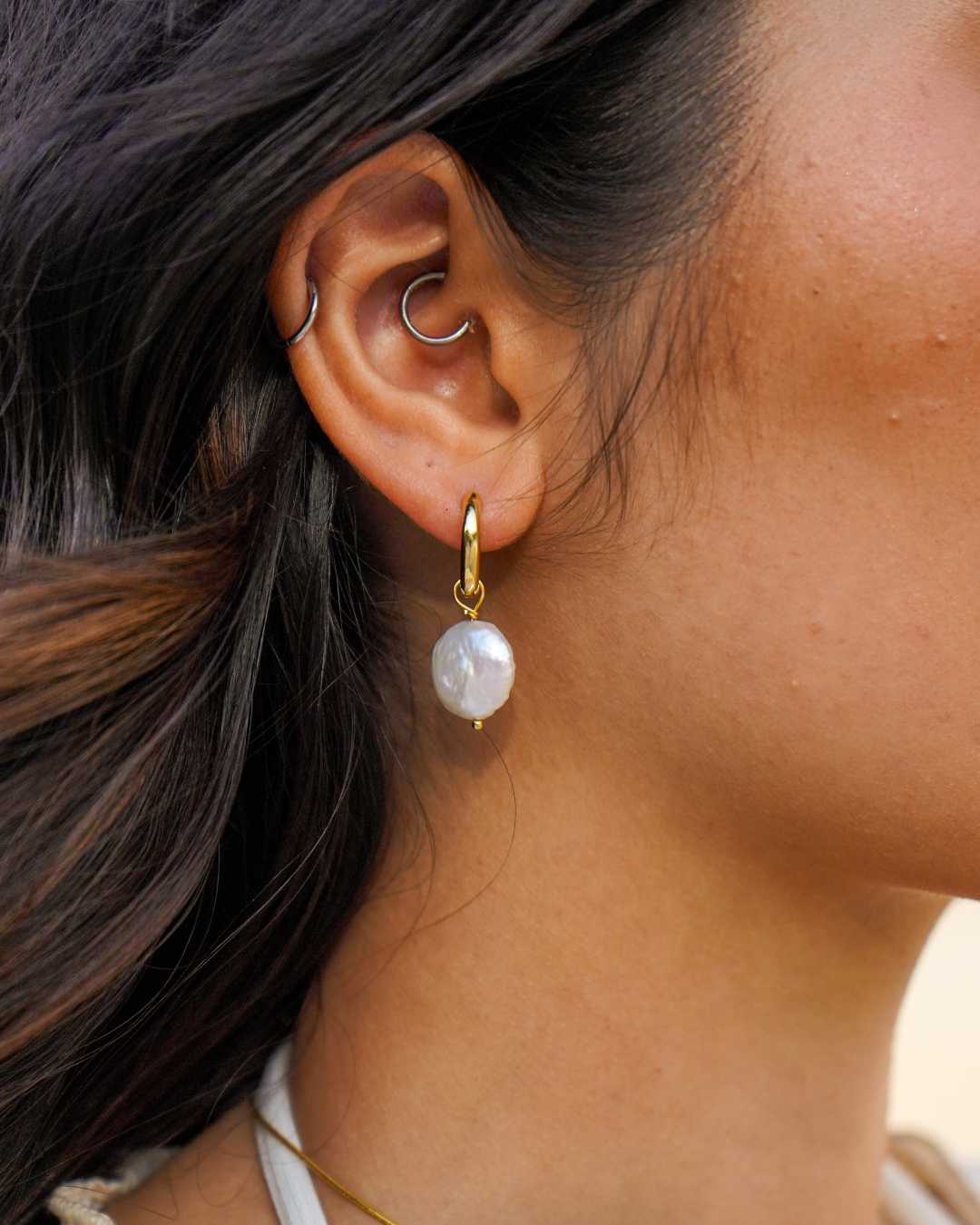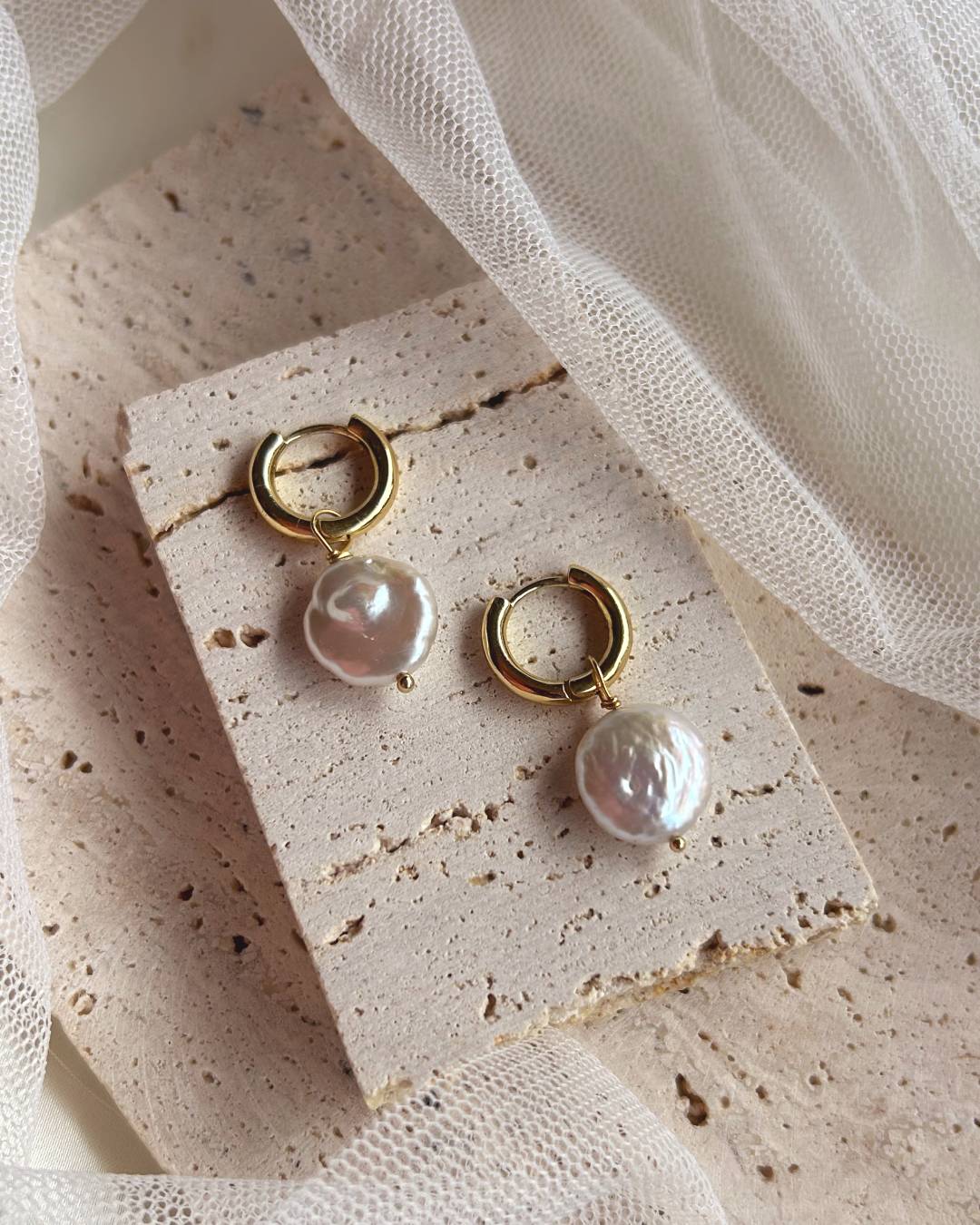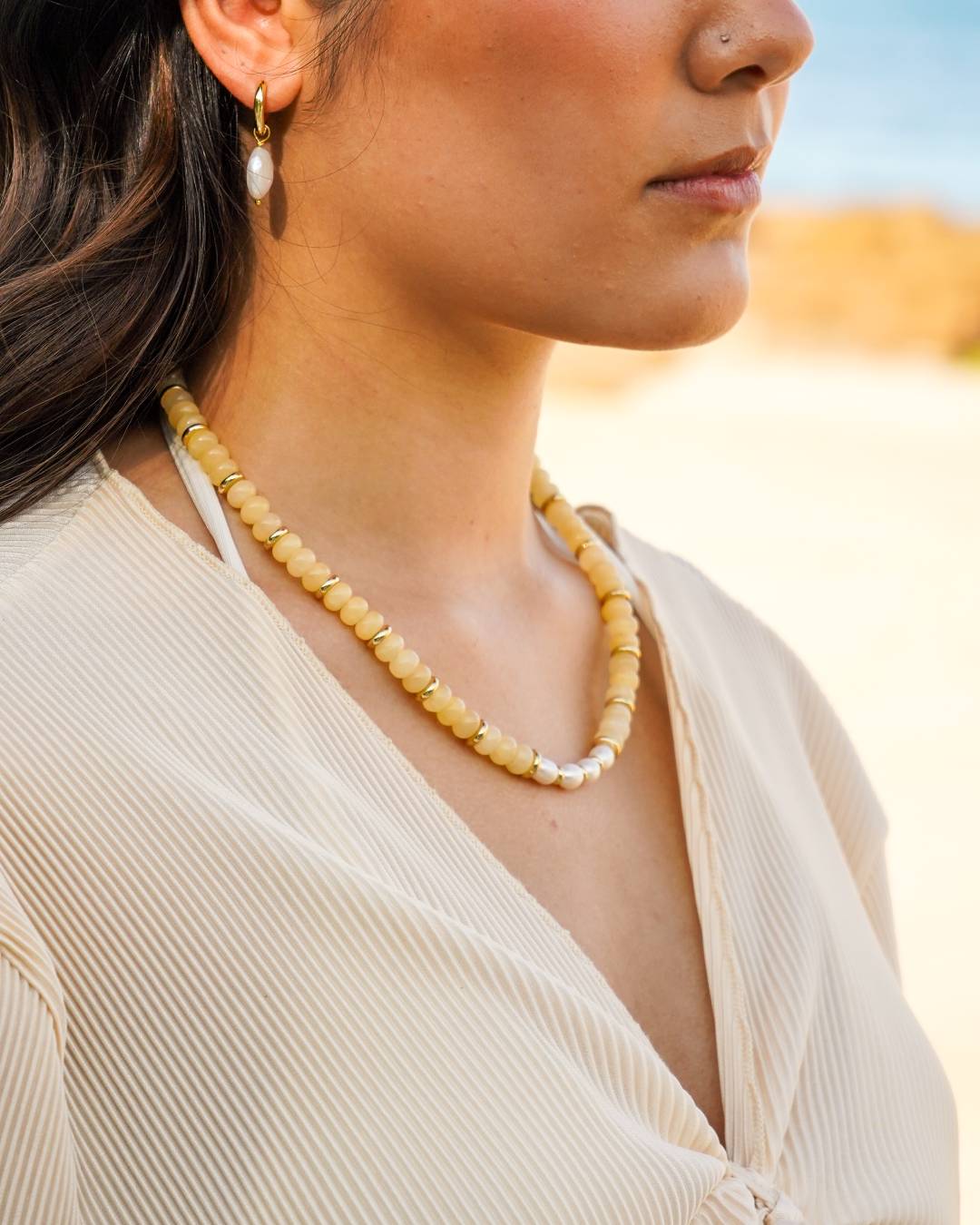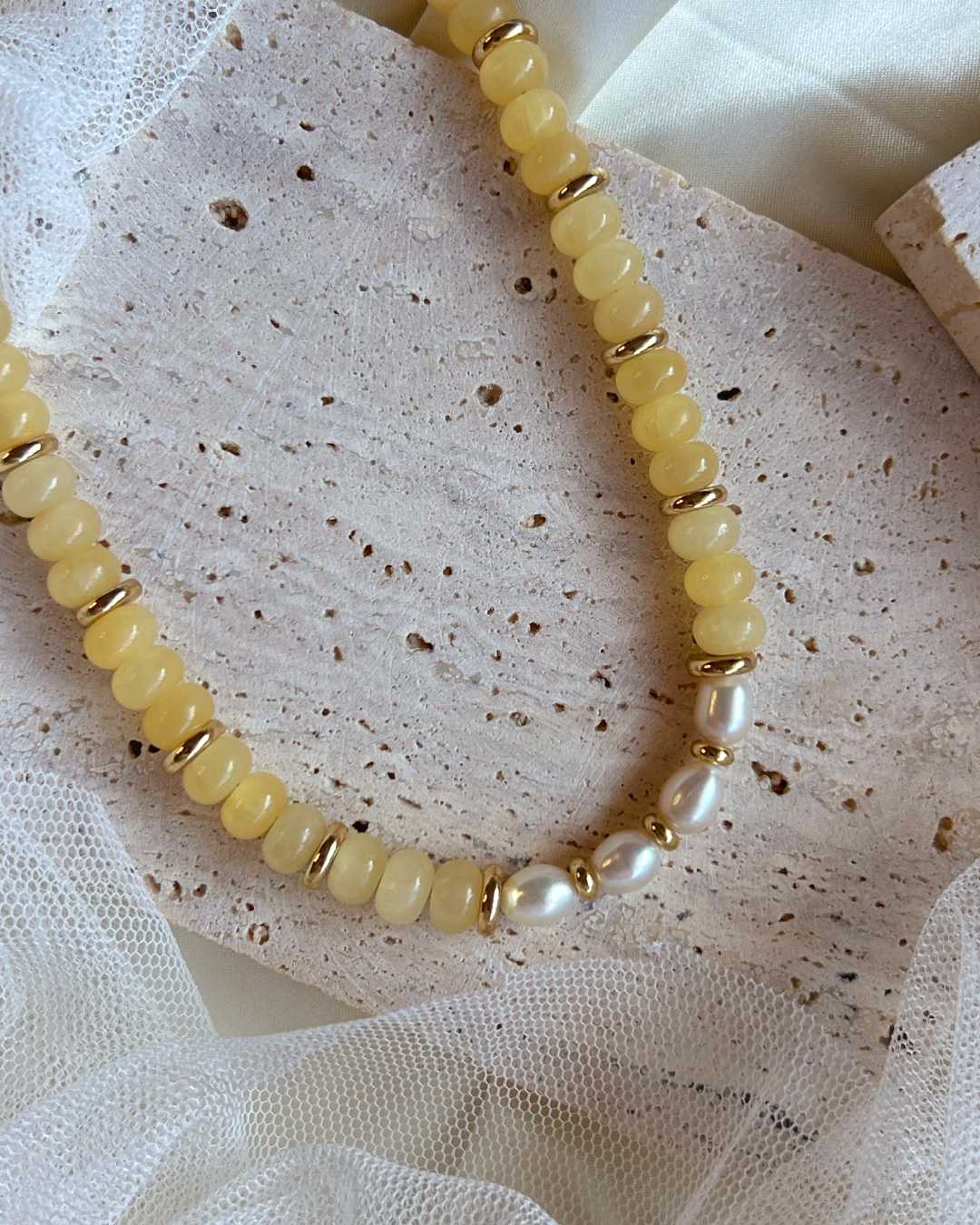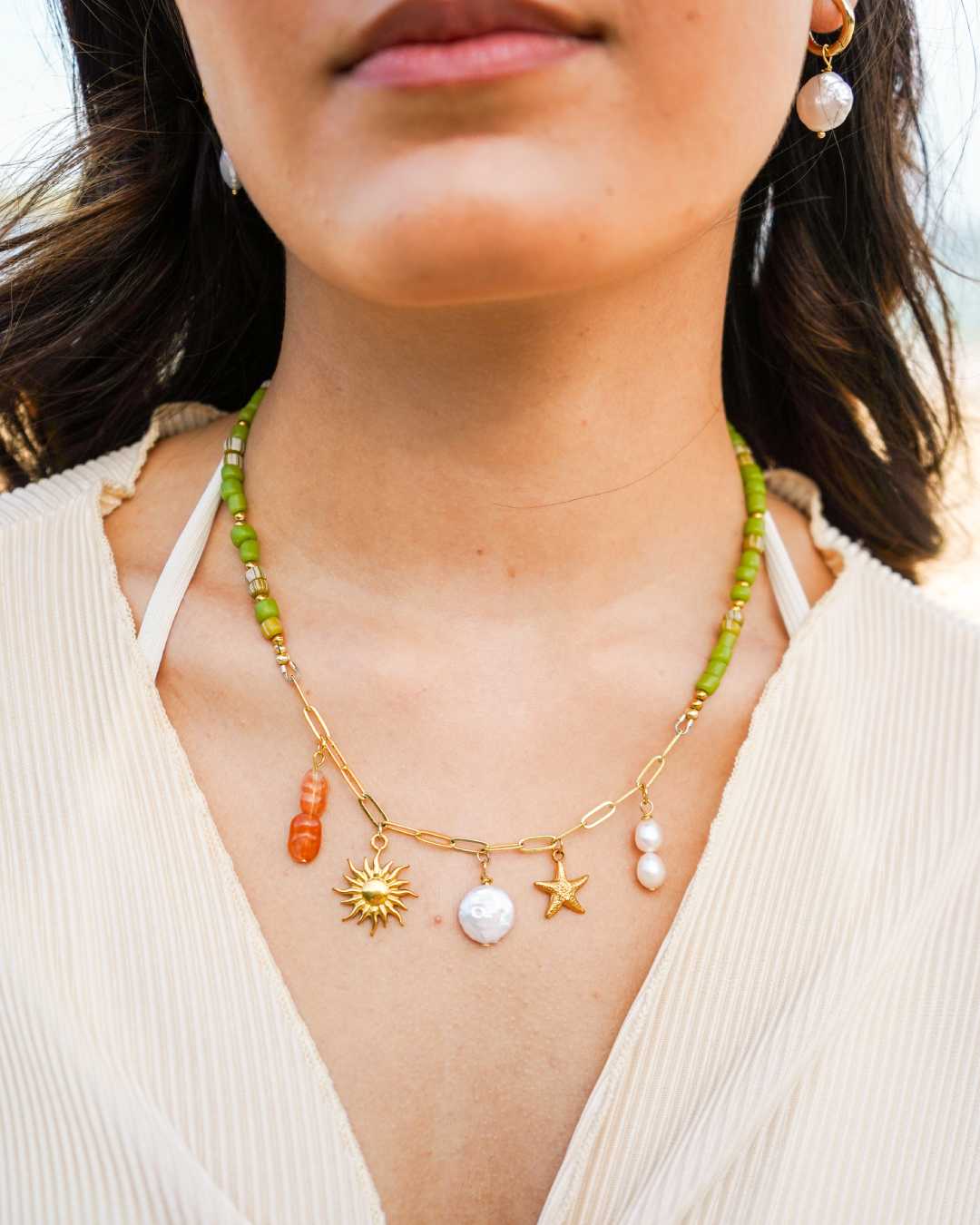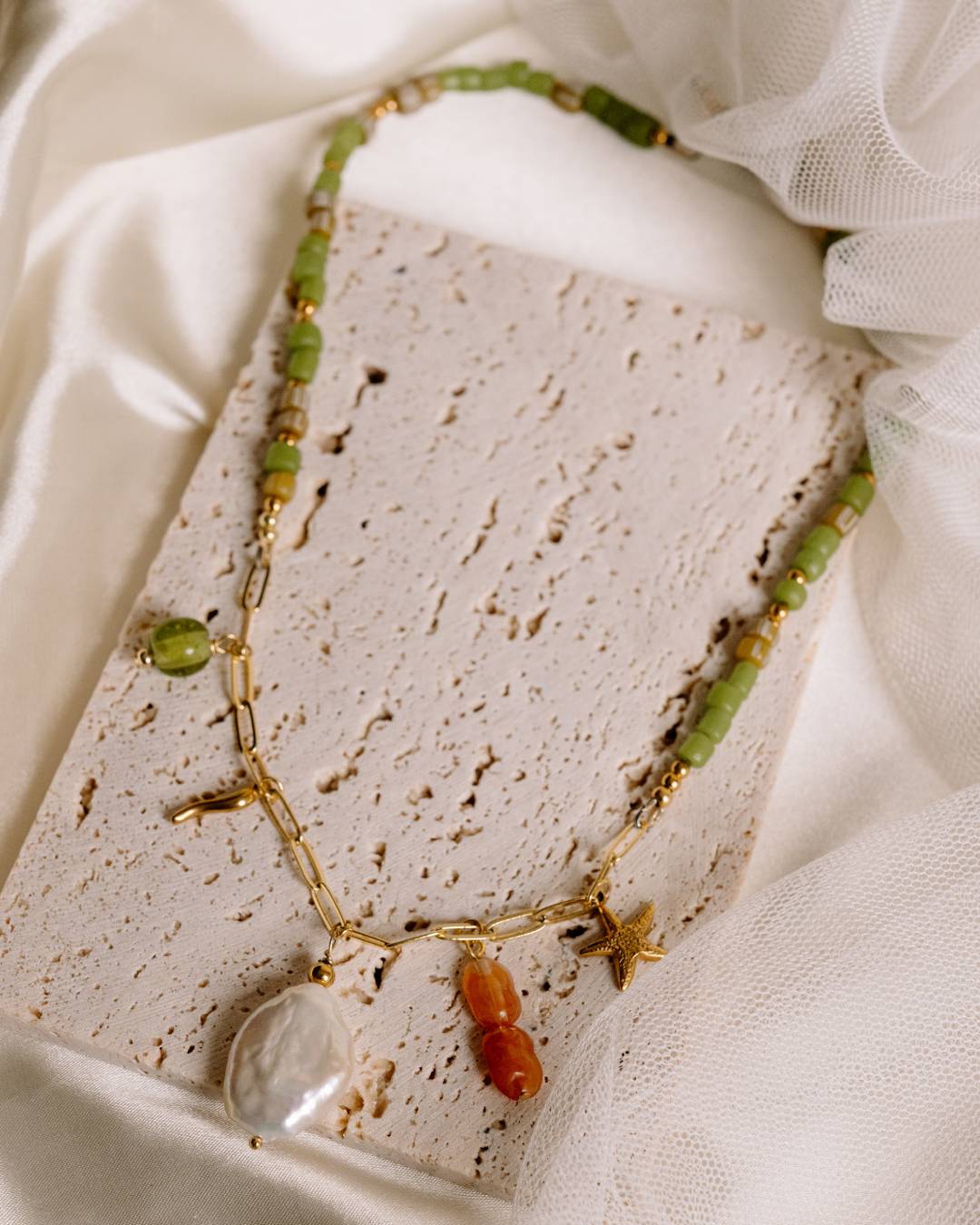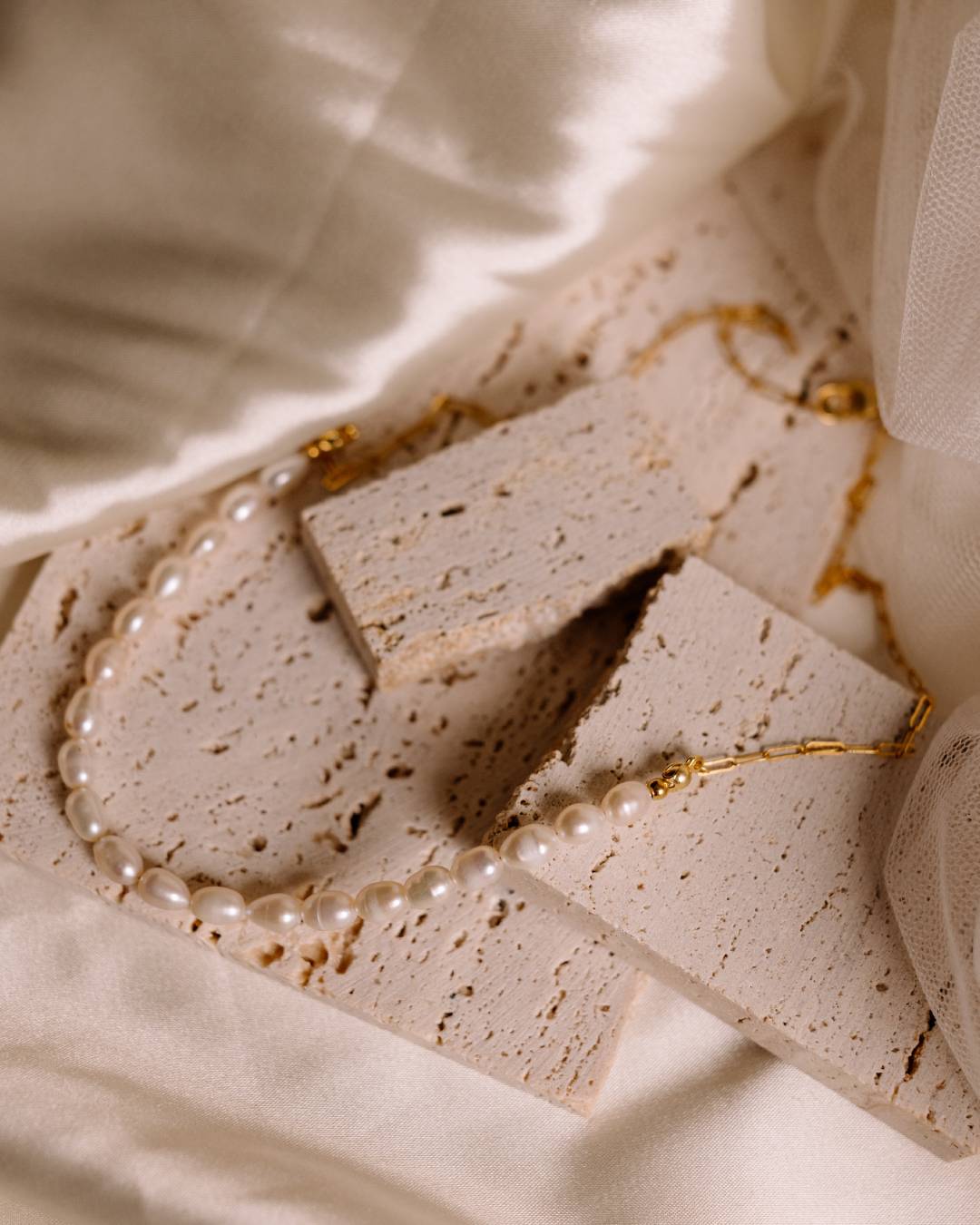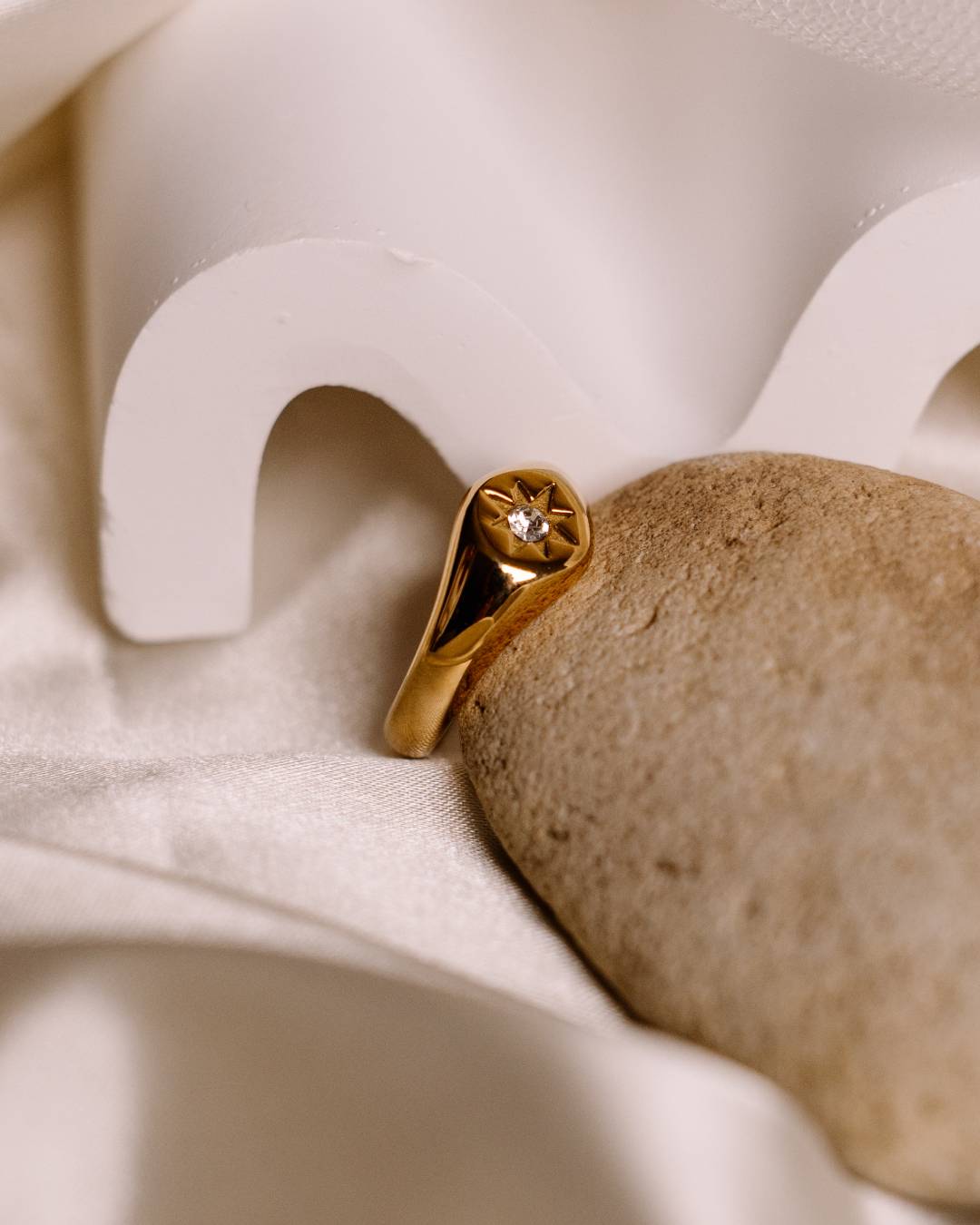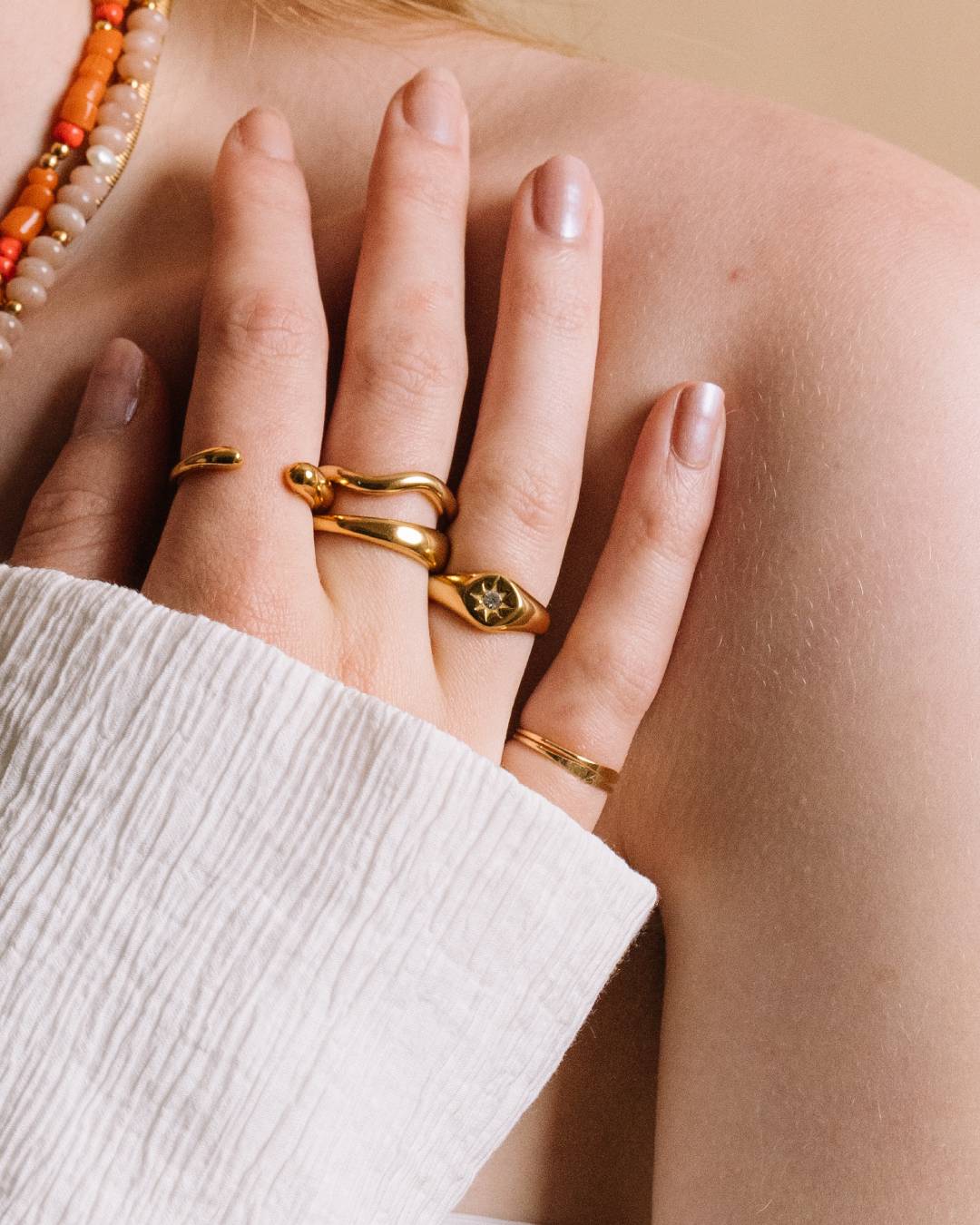What Is Waterproof Jewellery, Really? And Why Does It Matter?
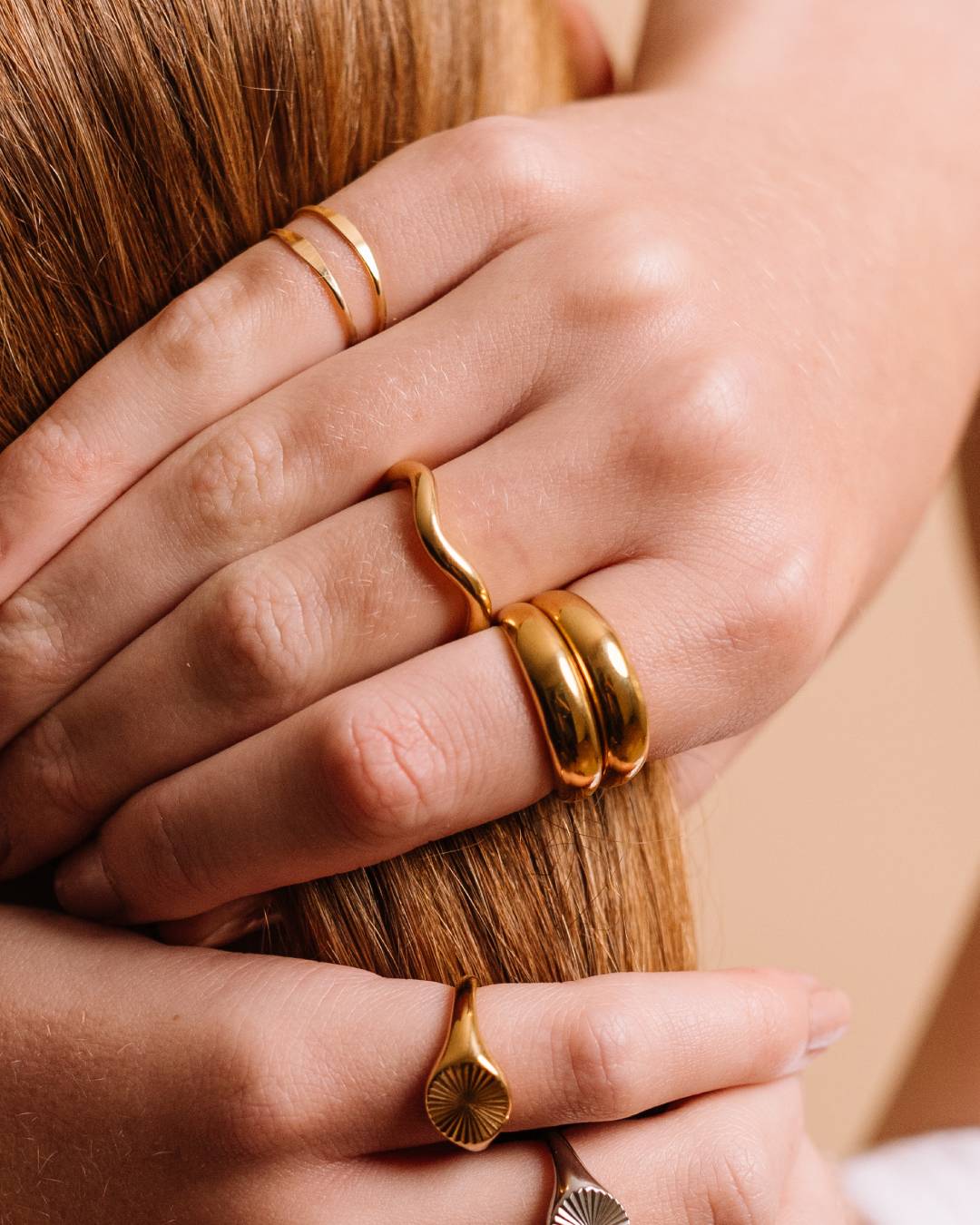
Let’s talk about “waterproof jewellery.”
It’s a term you’ve probably seen floating around on socials or popping up in online jewellery ads lately. But what does it actually mean? Is it legit, or just another buzzword cooked up to sell you cheap jewellery that turns green in two weeks?
In short: it’s a real thing. But it’s also a misunderstood thing.
So let’s break it down, bust a few myths, and explain why waterproof jewellery might just change the way you shop forever.
1. Where Did the Term 'Waterproof Jewellery' Even Come From?
“Waterproof jewellery” is one of those terms that popped up when people started demanding more from their everyday pieces.
It wasn’t enough for jewellery to look good; it also needed to keep up with real life. Think: hand washing, pilates class, swimming, and accidentally leaving your necklace on in the shower.
At the same time, not everyone wants (or can afford) solid gold. With prices for solid gold often sitting in the hundreds or even thousands, people were looking for high-quality alternatives that wouldn’t break the bank, but also wouldn’t tarnish after two wears.
That’s where stainless steel jewellery came in. More durable than traditional gold plating, more affordable than solid gold, and strong enough to handle daily wear.
“Waterproof” became the word that stuck; it’s simple, relatable, and exactly what people were searching for: jewellery you don’t have to tiptoe around.
2. Cool…What Does 'Waterproof Jewellery' Actually Mean?
When a brand says their jewellery is “waterproof,” what they usually mean is this:
- It’s made from stainless steel (not brass or copper, which is what makes your fingers green)
- It’s coated using a process called PVD plating (Physical Vapour Deposition)
- It’s resistant to water, sweat, heat and daily wear
PVD is like the cool sister of gold plating. It doesn’t flake off easily, bonds better to the base metal, and lasts a whole lot longer. Combine that with stainless steel (which doesn’t oxidise or corrode like cheaper metals), and you’ve got yourself jewellery that can handle life.
That being said, “waterproof” doesn’t mean indestructible. Think: shower, swim, sweat-friendly. Not: scrub it with bleach or leave it at the bottom of your gym bag for a month.
3. Why Cheap Jewellery Tarnishes (Or Turns Your Skin Green)
We've all been there: you buy a cheap pair of earrings at the mall for an event, wear them twice, and suddenly they look dull and your ears are itchy. Or you stack a few rings and by the end of the day, your fingers are green and you're mildly regretting all your life choices.
Here’s what’s usually going on:
- Base Metals: Many fast fashion brands use brass or copper under a very thin layer of gold. These metals react with oxygen, water, and the natural oils in your skin, which leads to tarnishing and that green stain.
- Thin Plating: Traditional gold-plated jewellery often has a microscopically thin layer of gold — we’re talking flakes. It might look nice at first, but it wears off quickly with even gentle use.
- Lack of Transparency: Brands love to say “gold tone” or “fashion jewellery” without actually telling you what it’s made from. That usually means: don’t expect it to last.
4. What Should You Look for Instead?
If you want jewellery that’s built to last, while still staying affordable (and won’t betray you after one beach day), here’s what to look for:
- Stainless Steel Base: This is the foundation of waterproof jewellery. It’s naturally resistant to rust, tarnish, and corrosion, which means it stays shiny even if you wear it in the shower.
- PVD Gold Plating: This isn’t your average gold plating. It’s more durable, more resistant to scratching, and has a longer life span. You still want to care for it, but it’s way more forgiving than traditional plating.
- Clear Material Descriptions: If a brand doesn’t tell you what their jewellery is made from, be suspicious. Look for actual material breakdowns, not just “gold finish” or “plated alloy.”
- Real-Life Tested: Look for brands (hi, we’re right here 👋) that design jewellery with real life in mind…sweat, rain, hand-washing, sunscreen and all.
5. What Makes Sommah Different?
I know what it’s like to buy something beautiful and then be scared to actually wear it. So I made jewellery you can live in.
A large part of my collections are made with stainless steel and PVD gold plating, meaning you can wear your favourite pieces on hot girl walks, beach days, coffee runs, or when you’ve forgotten to take them off before bed. I still recommend a bit of TLC, but my pieces are designed to be part of your daily life, not locked away for special occasions.
Final Thoughts
Waterproof jewellery isn’t a gimmick, and it’s not just a trend. It’s the way forward for people who want beauty and practicality. You shouldn’t have to choose between pretty and durable when you can have both. Keep in mind that fading is still natural and expected in all pieces that aren't solid gold, and even though pieces are waterproof, the best care practices are to remove them when you can.
So next time you’re shopping for a new everyday piece, take a quick peek at the materials. Ask questions. And choose jewellery that works with your life, not against it.
Amy x
